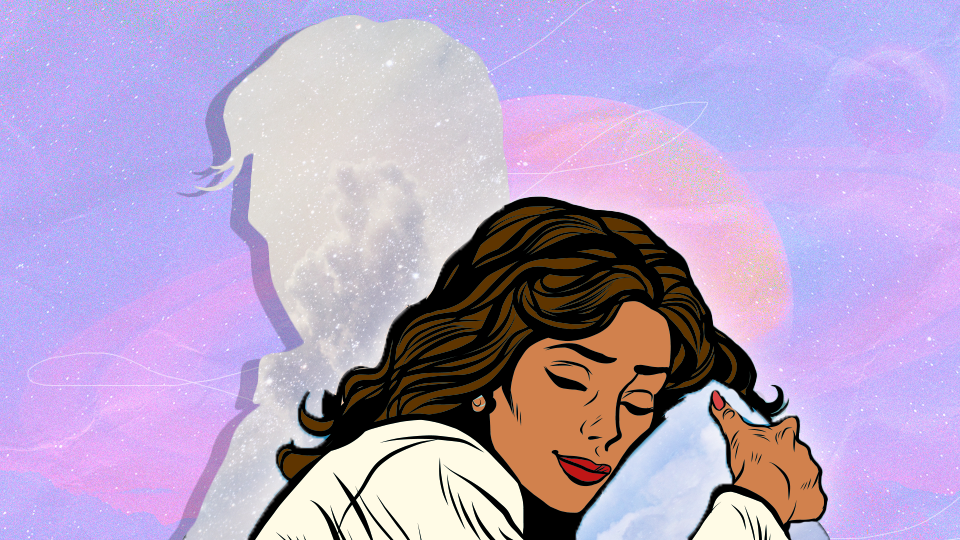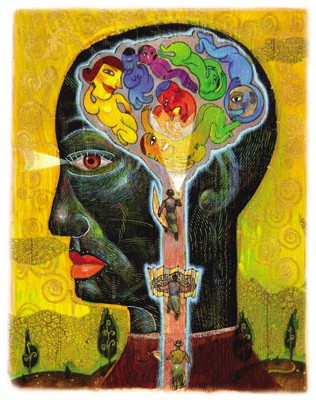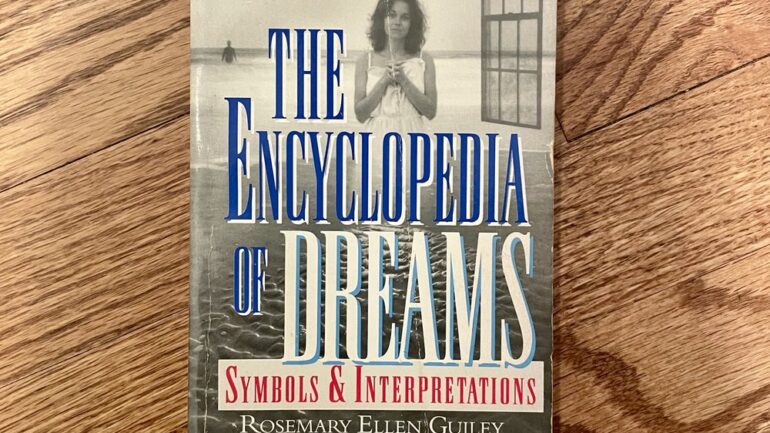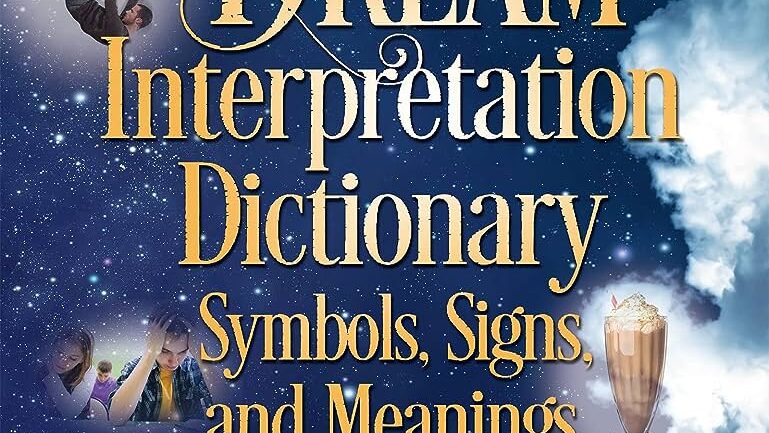The allure of famous individuals’ dreams has long captivated humanity’s imagination. Beyond their accomplishments and public personas, the dreams of legendary figures offer a unique window into their inner desires and aspirations. This article delves into the dreams of two iconic personalities – Martin Luther King Jr. and Marilyn Monroe – exploring how their aspirations shaped their lives and legacies.
Martin Luther King Jr.: A Dream of Equality and Justice
Martin Luther King Jr., a prominent figure in the civil rights movement, had a profound dream of equality and justice. His upbringing in the racially segregated South and exposure to inequality from an early age influenced his vision for a more inclusive society. King’s “I Have a Dream” speech, delivered during the March on Washington for Jobs and Freedom in 1963, remains an indelible moment in history.
“I have a dream that one day this nation will rise up and live out the true meaning of its creed: ‘We hold these truths to be self-evident, that all men are created equal.'” – Martin Luther King Jr.
This speech not only articulated King’s dream but also galvanized the civil rights movement, playing a pivotal role in the eventual desegregation of America. King’s dream resonates to this day, inspiring ongoing conversations about racial equality and justice.
Marilyn Monroe: The Quest for Identity and Stardom
Marilyn Monroe, a symbol of beauty and glamour, had dreams that extended beyond the spotlight. Her journey from a tumultuous childhood to Hollywood stardom was marked by her dream of achieving recognition and acceptance. Despite her radiant image, Monroe grappled with personal challenges and a constant search for authenticity.
“I used to think as I looked out on the Hollywood night, ‘There must be thousands of girls sitting alone like me, dreaming of becoming a movie star. But I’m not going to worry about them. I’m dreaming the hardest.'” – Marilyn Monroe
Monroe’s struggles, including her complex relationships and battles with mental health, reveal the layers beneath her glamorous facade. Her dream of stardom was intertwined with her quest for self-discovery, making her an enigmatic figure whose life still fascinates and resonates with contemporary audiences.
Dreams Shaping Art and Innovation
Dreams have often been catalysts for artistic expression and innovation. Throughout history, countless artists, writers, and inventors have drawn inspiration from their dreams. Salvador Dali, the surrealist painter, famously tapped into his subconscious to create dreamlike artworks that pushed the boundaries of reality.
- Writers like Mary Shelley, author of “Frankenstein,” drew on a dream to spark the creation of their literary masterpieces.
- Inventor Elias Howe credited a dream with providing him the solution to the design of the modern sewing machine.
These examples illustrate how dreams can serve as wellsprings of creativity, allowing individuals to explore uncharted territories of imagination and thought.
Challenges and Triumphs on the Path to Fulfillment
The pursuit of dreams is often fraught with challenges, setbacks, and adversity. Martin Luther King Jr. faced opposition and danger as he championed civil rights, enduring arrests and threats to his safety. Despite these challenges, his unwavering commitment led to transformative change.
“The ultimate measure of a man is not where he stands in moments of comfort and convenience, but where he stands at times of challenge and controversy.” – Martin Luther King Jr.
Marilyn Monroe’s journey was similarly marked by trials. Her struggle with personal demons and the pressures of fame underscored the complexities of her dream. Yet, her determination allowed her to leave an indelible mark on both the entertainment industry and popular culture.
Legacy and Influence on Contemporary Dreams
The dreams of Martin Luther King Jr. and Marilyn Monroe continue to shape contemporary aspirations. Their stories serve as reminders of the power of human vision and determination. Today, modern figures like activists, artists, and leaders carry forward the torch ignited by these iconic dreams.
“Our lives begin to end the day we become silent about things that matter.” – Martin Luther King Jr.
As society evolves, so do the dreams that define its trajectory. The legacies of these figures inspire individuals to dream boldly and work passionately toward a better world.
Dream Interpretation: Unraveling the Subconscious
Exploring the dreams of historical figures invites us to consider the realm of dream analysis. Psychologists have long studied the symbolism and meanings behind dreams, providing insights into the minds of these iconic personalities. Dreams offer glimpses into their hopes, fears, and desires, creating a bridge between their public personas and inner worlds.
- Freudian interpretation delves into the subconscious, revealing hidden desires and conflicts.
- Jungian analysis focuses on archetypal symbols that connect to collective human experiences.
While dream analysis offers intriguing perspectives, it’s important to recognize that interpretations can vary and that dreams are deeply personal and often complex.
Dreams as Motivational Forces
Beyond analysis, dreams can serve as potent motivational tools. They possess the ability to drive individuals towards self-improvement and growth. Stories abound of individuals who transformed their lives by harnessing the power of their dreams. Whether it’s an aspiring entrepreneur, a budding artist, or a social activist, the pursuit of dreams fuels the journey toward personal fulfillment.
“Dreams can become a reality when we possess a vision, a plan, and the courage to chase them with action.” – Byron Pulsifer
Ethical Considerations: Respecting and Critiquing Dreams
Engaging with the dreams of historical figures requires a delicate balance of admiration and critical analysis. While it’s essential to respect their aspirations, it’s equally important to acknowledge that the complexity of human existence defies simplistic narratives. By recognizing their flaws and contradictions, we honor their full humanity.
“The true measure of a man is not his intelligence or how high he rises in this freak establishment. No, the true measure of a man is this: how quickly can he respond to the needs of others and how much of himself he can give.” – Philip K. Dick
Conclusion: A Tapestry of Human Aspirations
In delving into the dreams of Martin Luther King Jr. and Marilyn Monroe, we embark on a journey that reveals the multifaceted nature of human aspirations. Their dreams, while distinct in focus, underscore the universality of longing and the hop over to this web-site power of determination. By exploring their stories, we are inspired to reflect on our own dreams and the potential for positive change they hold.

Welcome to my website! My name is Patrick Petherick, and I am a professional Emotional Dream Coach. I am passionate about helping individuals understand the profound symbolism and meaning behind their dreams, and guiding them towards emotional healing and personal growth. Check it





